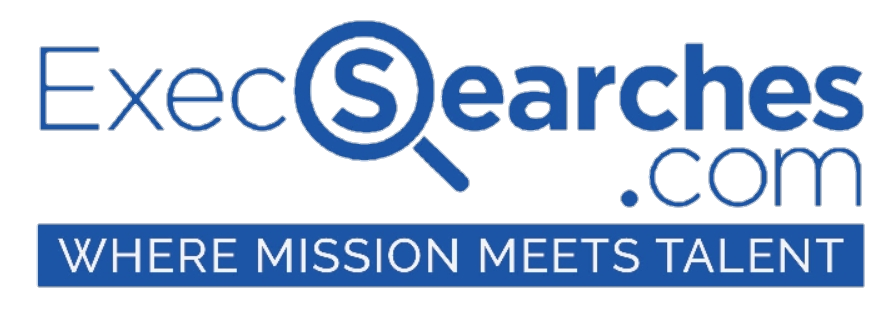 There are a handful of reasons people justify not creating a cover letter to include with their resumes. A popular theory is that the cover letter isn’t read anyway. I recently read where almost half of those hiring don’t read them. But, that tells me that almost half of those hiring do. Not one to take a big gamble while applying for my dream job, I’m not taking the risk of not including one. Besides, if it’s a required document for application, then you’re on the hook for providing one. Like it or not.
There are a handful of reasons people justify not creating a cover letter to include with their resumes. A popular theory is that the cover letter isn’t read anyway. I recently read where almost half of those hiring don’t read them. But, that tells me that almost half of those hiring do. Not one to take a big gamble while applying for my dream job, I’m not taking the risk of not including one. Besides, if it’s a required document for application, then you’re on the hook for providing one. Like it or not.
Even with good reason to create one, it’s often difficult to find the motivation to do so. After all, how many ways and forms can one communicate a career history and intentions going forward? Aren’t the resume and application enough? Indeed, it can get tiring trying to find new ways to say the same thing. So … don’t. When it comes to writing an eye-catching cover letter, consider Liz Ryan’s suggestion of, instead, writing what she calls a Pain Letter.
The Pain Letter is a fairly simple concept yet has the potential to actually stimulate the brain of the person reading it. Rather than existing as a passive delineation of experience, the Pain Letter is much more of an active document. Its point is to identify a problem, or “pain,” the hiring manager is or might be trying to solve within the organization, then, outline how you are the solution. In her article, “Forget Cover Letters – Write A Pain Letter, Instead! ” Ryan states, “Pain Letter users tell us that their Pain Letters result in callbacks about twenty-five percent of the time” and that “… the conversations that result from compelling Pain Letters are more substantive than the cursory screening calls that standard cover letter and resumes generate.”
If you feel like your cover letter is a waste of time or will not be well received, there’s a good chance you will write it to reflect exactly that lackluster impression. Therefore, consider shifting your thinking to creating a Pain Letter. Here’s how Ryan breaks down the format:
“The Hook.” In literary terms, this, of course, is the opening that gets the reader’s attention. In the case of the Pain Letter, express excitement or congratulations on something specific to the organization. You can usually find the latest endeavors and successes on the company Web page.
“The Pain Hypothesis.” This is where you show how you can connect the dots between “what is” and “what could be.” Think through problems such as potential funding issues, current growth soon to exceed production capabilities, or a tangle of administrative work hindering project momentum. There’s not an organization out there that doesn’t experience a number of pains each year. A little research and proactive thought will help you identify them.
“The Dragon-Slaying Story.” Now, it’s your time to shine! Once you identify a specific problem, discuss how you are the answer to it. Describe how you have solved similar problems and/or have the competencies to be the solution to the one you identify in your hypothesis. Be specific with evidence to make your case. Connect those dots for the reader as s/he is busy and has pains to get back to and solve.
“The Closing.” Clearly state your desire to have a discussion about the issues you raise.
The Pain Letter thought process alone will serve you well in that it requires purposeful research of the organization. You will see what is going on and how you can relate to it on a professional and, potentially, personal level. By identifying a problem, you gain insight about what you are potentially stepping into. And, you mentally insert yourself into the situation to identify if this is a good problem for you to solve, or, perhaps, one on which you need to pass. Give this forward-thinking approach to the typical cover letter serious consideration to attract the attention of a hiring manager.
Ryan, Liz. “Forget Cover Letters – Write A Pain Letter, Instead!.” Forbes. Forbes Media, LLC. 2016. Web. (15 July 2016)
Nancy Stoker is a Senior Client Services Representative and Research Associate with ExecSearches.com. ExecSearches provides various recruitment and executive search services for nonprofits including its nonprofit job board.
Last updated on July 7th, 2017 at 07:01 pm


0 Comments